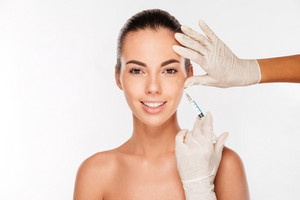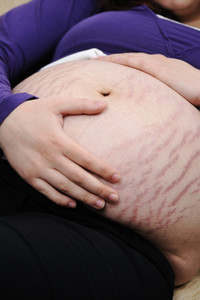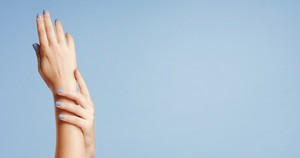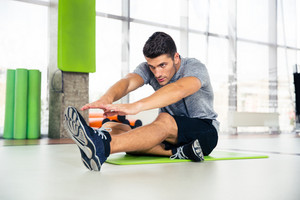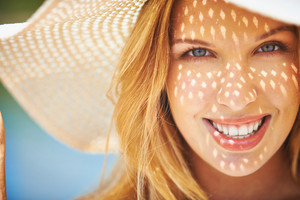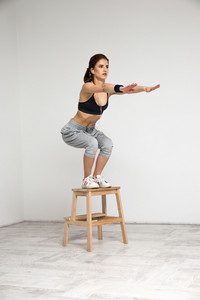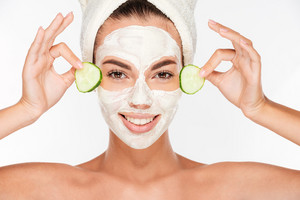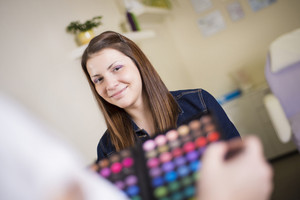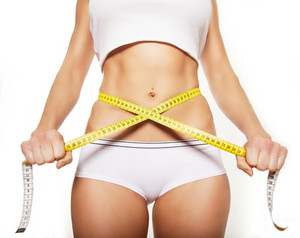Understanding Acne: Is acne a fungus?
Acne is not caused by a fungal infection. It’s actually a skin condition that affects millions of people worldwide, especially teenagers and adults. Acne occurs when the pores on your face become clogged with oil, dead skin cells or bacteria. This can lead to pimples, blackheads, whiteheads, and even scars if left untreated. While it may seem like an easy fix, many over-the-counter products only worsen the problem by drying out your skin further. The best way to treat acne is through prescription medications such as antibiotics or retinoids.
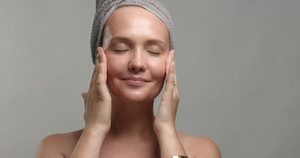
Treatment Options for Adult Acne: What is the best acne med?
There are several treatment options available for adult acne depending on its severity. Antibiotics such as tetracycline, doxycycline, and erythromycin have been shown to be effective against moderate to severe acne. Retinoids like adapalene (Differin) and tretinoin (Retin-A) work by increasing cell turnover rate and reducing inflammation. They are often used for mild to moderate acne but can cause side effects such as sun sensitivity and irritation. Other topical agents include benzoyl peroxide, salicylic acid, and azelaic acid which help remove excess oil and debris from the skin. In more severe cases, systemic drugs like isotretinoin (Accutane) may be necessary. However, this drug has serious side effects including birth defects and must be taken under close medical supervision.
Common Questions about Adult Acne: Is adults acne like rash?
Adult acne is different than a rash because it involves the development of lesions called papules, pustules, nodules, and cysts. These occur due to blockages within hair follicles and sebaceous glands leading to inflammation and swelling. Rashes typically involve redness, itchiness, and blister formation without any underlying causes related to hormones or bacterial growth. Additionally, acne tends to appear on specific areas of the body such as the face, neck, chest, back, and shoulders while rashes can develop anywhere on the body.
How to Treat Specific Areas of Your Face with Acne: How to treat the acne on the forehead?
Treating acne on the forehead requires targeted care to address individual concerns. For example, if you’re experiencing painful cystic acne, a strong prescription medication like isotretinoin might be needed. If you’re dealing with milder breakouts, over-the-counter products containing salicylic acid or benzoyl peroxide could be helpful. To prevent future flare-ups, maintaining good skincare habits such as cleansing twice daily, using gentle exfoliants, and avoiding harsh cosmetics is essential. You should also consider lifestyle factors such as stress management techniques and healthy diets rich in vitamins and minerals.
The Best On-Spot Treatments for Acne: What is the most effective treatment of cystic acne?
Cystic acne is one of the most difficult types of acne to treat since they tend to be deep and inflamed. Over-the-counter remedies such as spot treatments containing salicylic acid or benzoyl peroxide may provide some relief. Prescription medications like clindamycin phosphate gel or dapsone gel can also be applied directly onto affected areas. Oral antibiotics such as doxycycline or minocycline may be recommended for more severe cases. It’s important to note that cystic acne takes time to heal so consistency and patience are key. Regular check-ups with dermatologists can ensure proper diagnosis and monitoring of progress.

